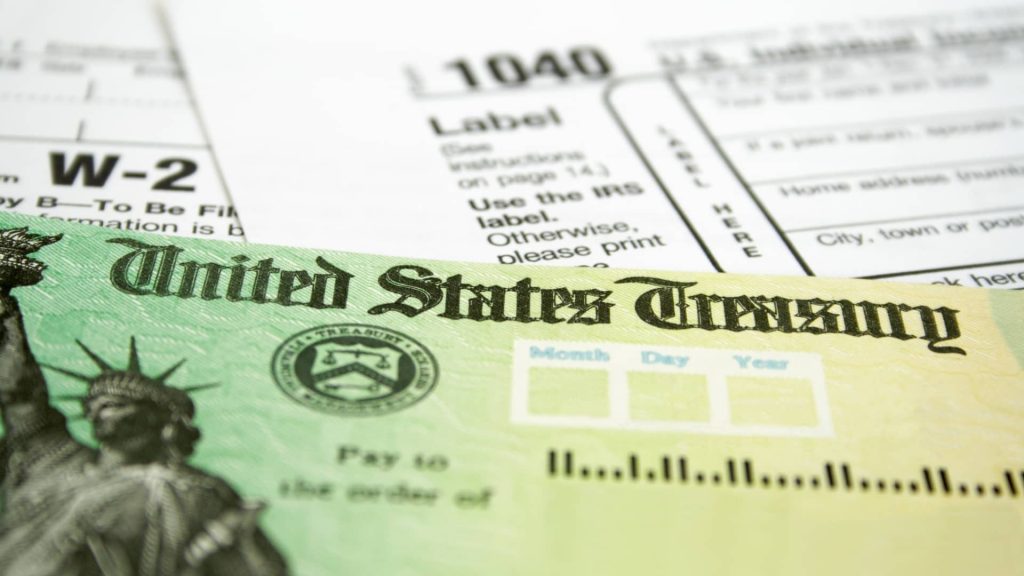Agshotime | E+ | Getty Images
Certain filers could see bigger tax refunds next year, thanks to retroactive changes enacted via President Donald Trump’s “big beautiful bill,” according to analyst projections.
The July legislation added several tax breaks that apply to 2025 — including a larger standard deduction, “bonus” deduction for older adults and tax break on tips, among others. Those could affect returns filed in 2026.
However, many workers are still having the same tax withheld from their paychecks as before Trump’s law because the IRS hasn’t updated the 2025 tax tables that tell companies how much to take out.
“As a result, many taxpayers will pay too much in tax this year and see larger tax refunds or smaller tax bills next year,” Nancy Vanden Houten, lead economist at Oxford Economics, wrote in an October report.
A separate note released Friday from investment bank Piper Sandler projected “a record tax refund season in 2026,” with middle and upper-income households likely to benefit the most. An estimated $91 billion of tax relief could arrive between February and April 2026, with $59 billion paid via refunds and $32 billion from lower taxes owed, according to the note.
Another report from J.P. Morgan Asset Management in August also predicted higher tax refunds for some filers based on IRS tax withholding tables staying the same.
Typically, you get a refund when you overpay taxes throughout the year. For W-2 workers, that largely depends on your paycheck withholding throughout the year.
The reports come amid economic uncertainty for many families as the government shutdown continues and a looming deadline approaches to fund the Supplemental Nutrition Assistance Program, which provides food stamps to more than 40 million Americans.
In 2025, most filers planned to use tax refunds for essential expenses, such as rent, groceries and paying down credit card debt, according to a survey from Talker Research, commissioned by TaxSlayer, that polled 2,000 U.S. taxpayers in December 2024.
However, higher earners are expected to save the “majority” of refunds issued in 2026, according to the Piper Sandler report.
The average refund through Oct. 17 was $3,052 for 2025, up slightly from $3,004 in 2024, according to the latest IRS data reported last week.
Not everyone will see a bigger refund
While some taxpayers could see a higher refund in 2026, others won’t see much of a difference compared with previous tax years, according to Alex Muresianu, a senior policy analyst at the Tax Foundation.
For example, certain new tax breaks apply only to “specific types of income,” such as overtime pay or tipped earnings, he said. Both deductions have restrictions and income limitations.
Another tax break that could apply to a subset of filers is the bigger cap on the federal deduction for state and local taxes, or SALT. Most taxpayers don’t claim the SALT deduction because it’s restricted to those who itemize tax breaks.
For many filers, Trump’s new law is an extension of the sweeping tax cuts enacted in 2017. “The basic structure of it is going to be very much the same tax code that you’ve been used to for the past eight years,” Muresianu said.

